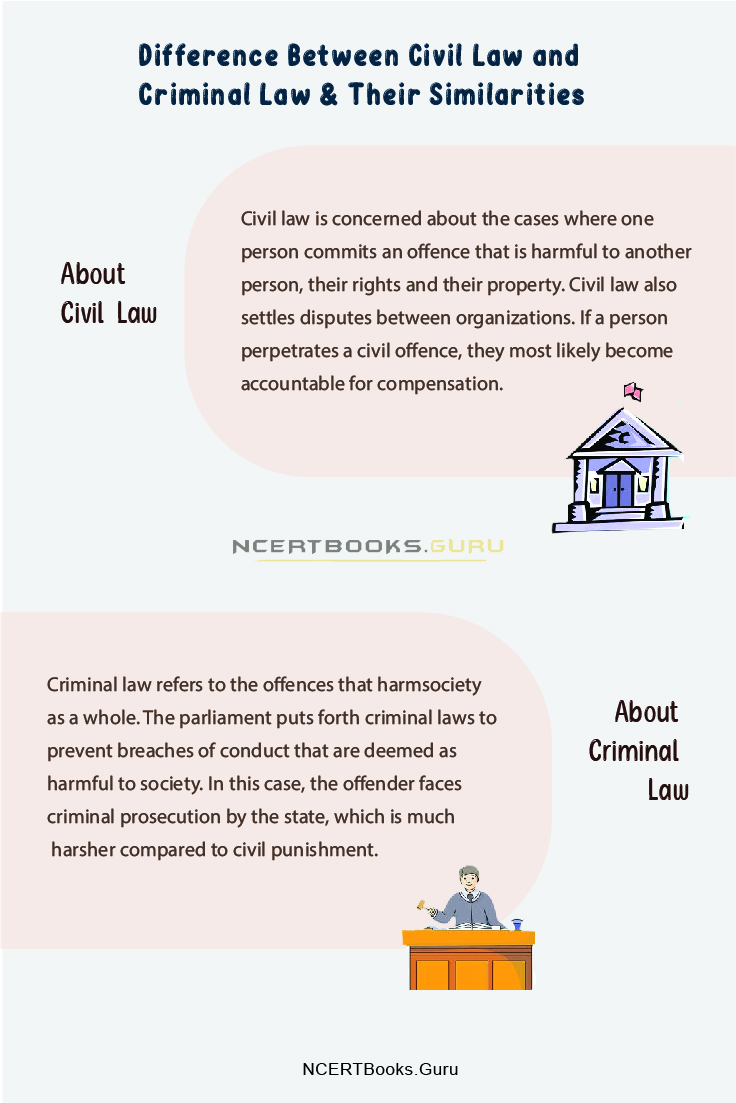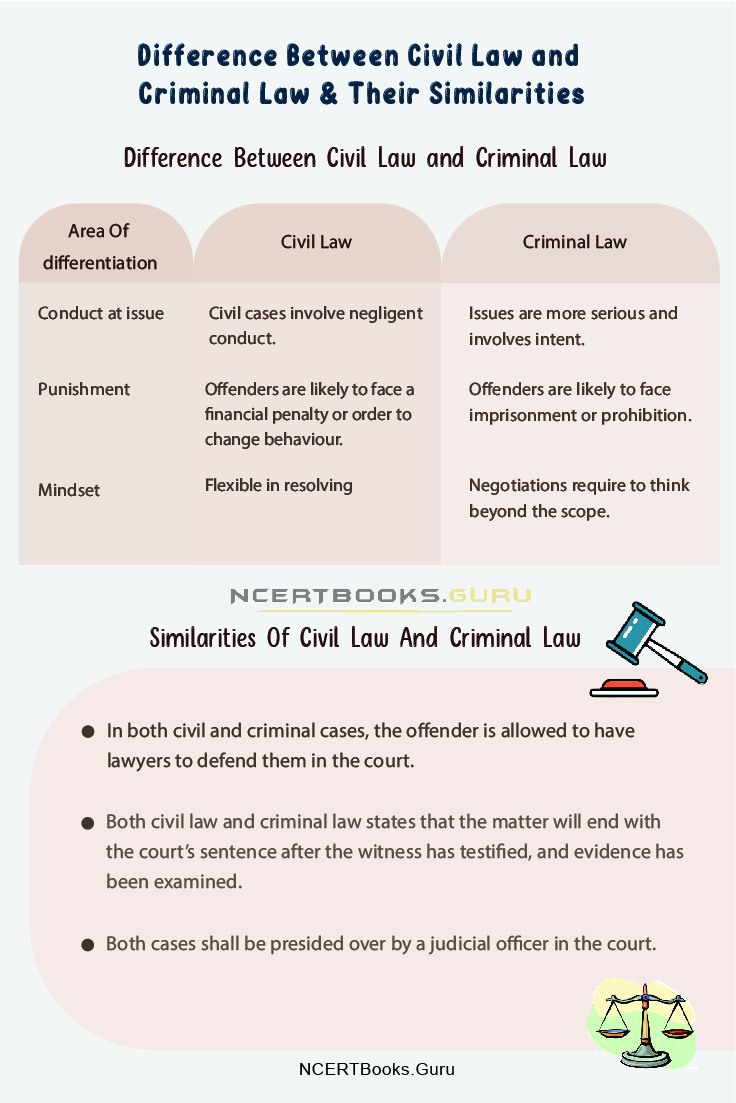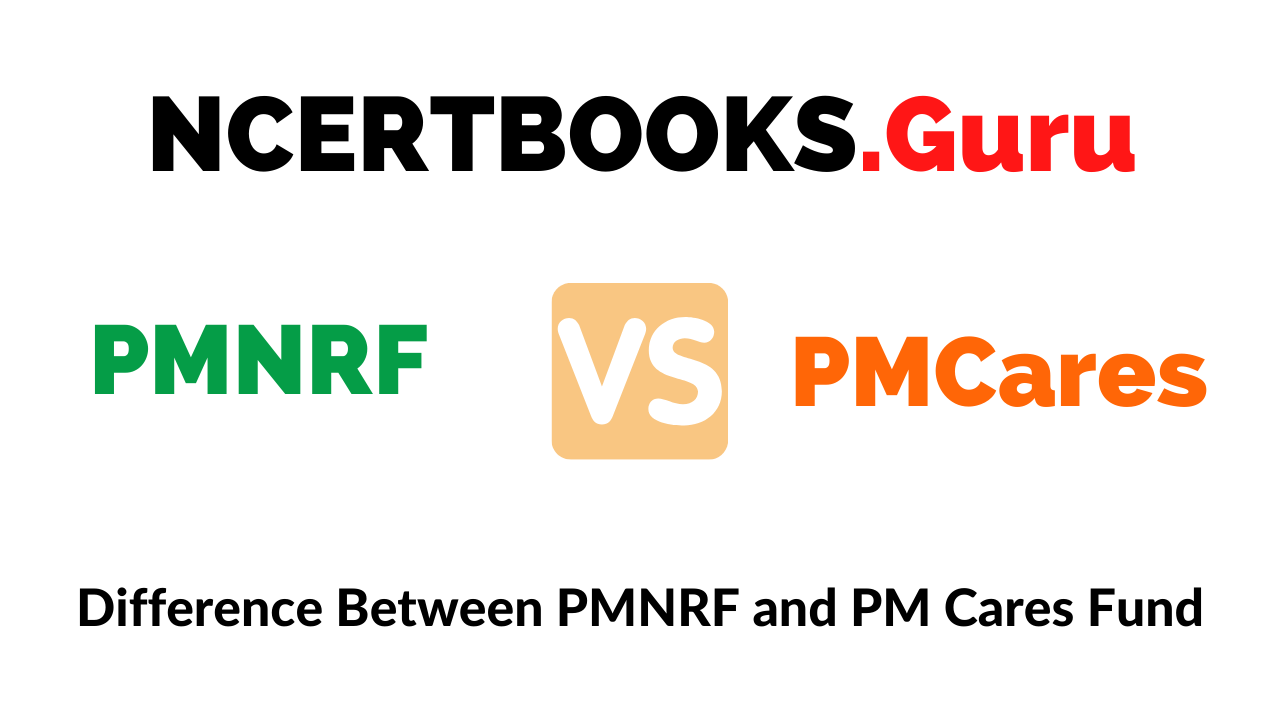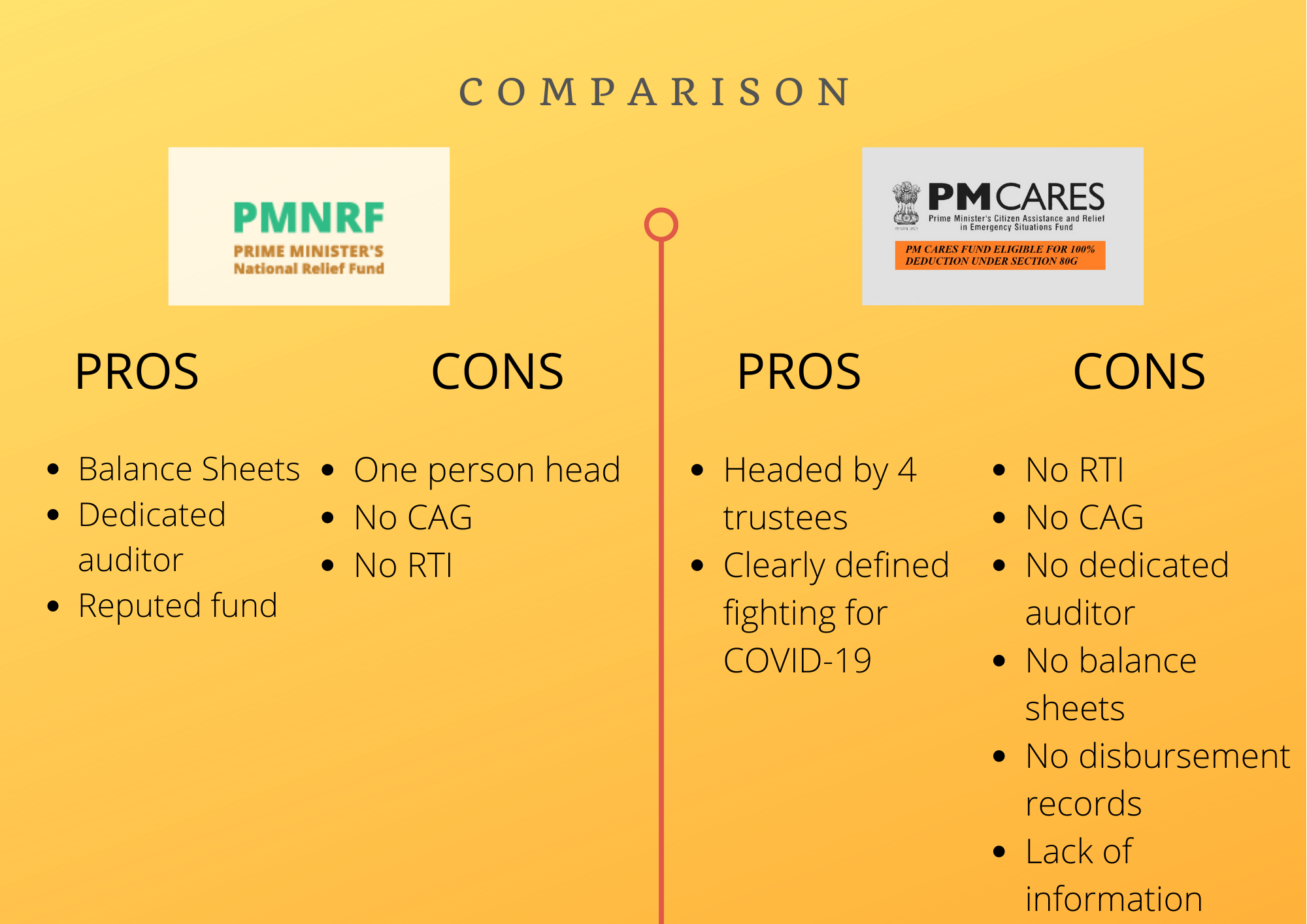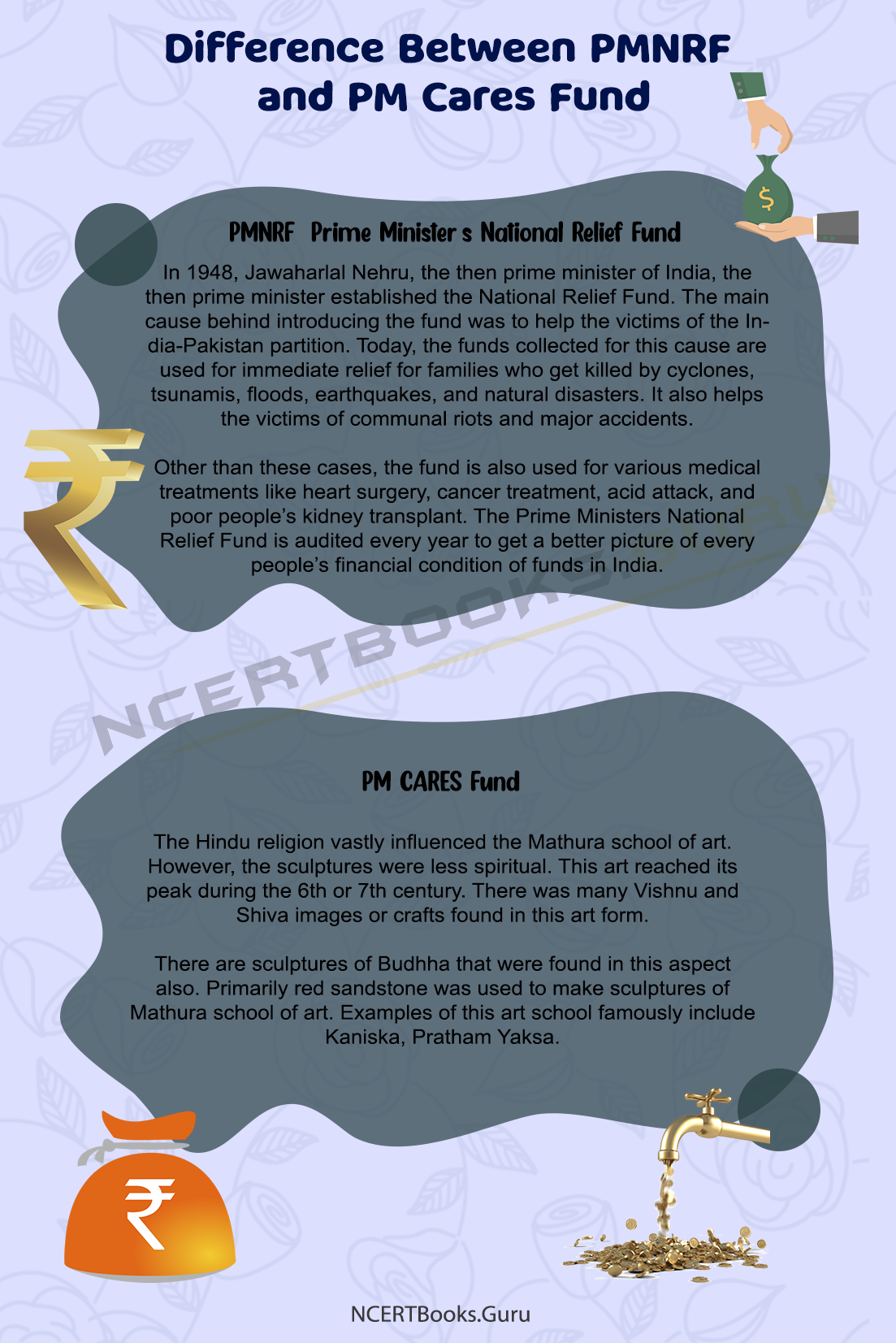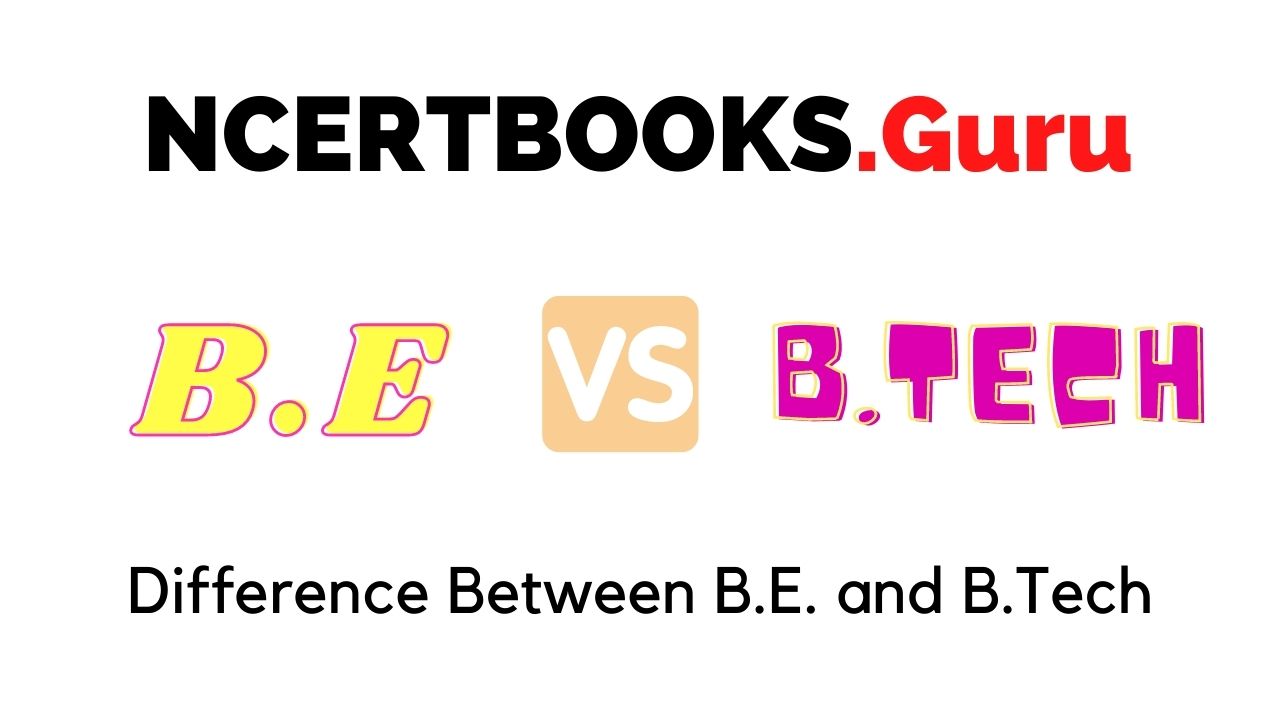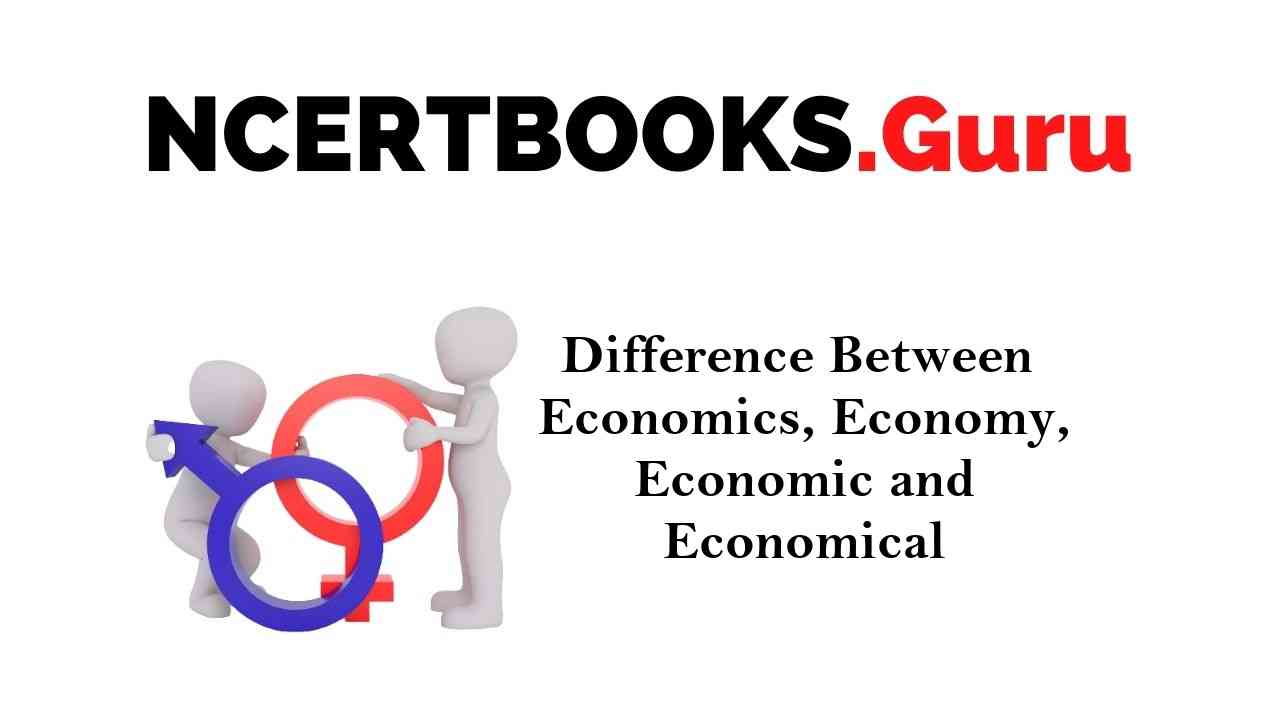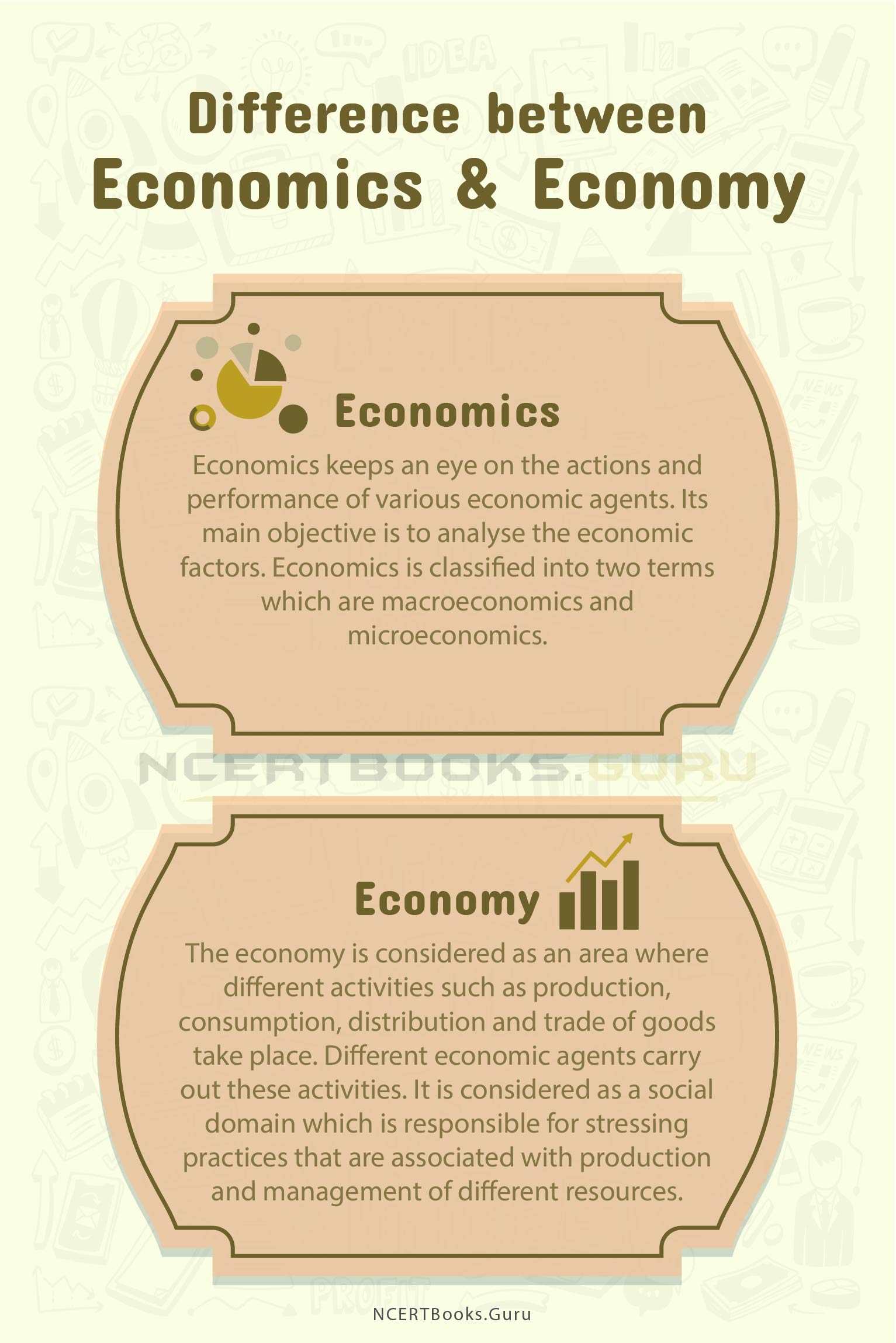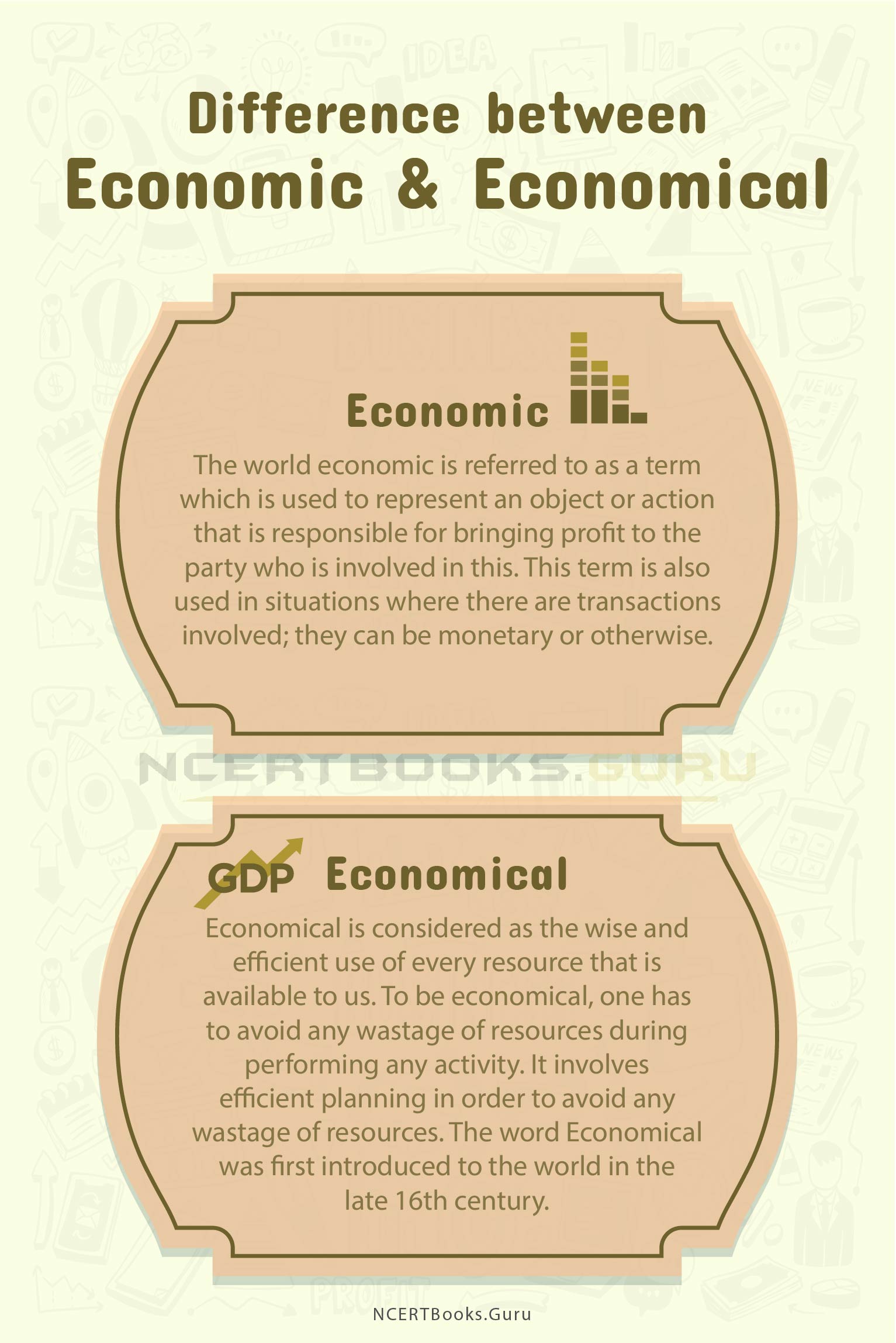Introduction
A coastal plain is a flat, low lying land adjacent to the sea coast. The coastline of India is extensive and covers an area of over seven thousand five hundred kilometres. India has access to water from the two sides known as the eastern coastal plain and Western Coastal plain, which touches thirteen States and union territories.
You can also find differences between articles on various topics that you need to know. Just tap on the quick link available and get to know the basic differences between them.
What is the Difference Between The Eastern and Western Coastal Plains of India?
About The Eastern Coastal Plains
The Eastern coastal plains is a broad stretch of India’s landmass, lying between the Eastern Ghats and the Bay of Bengal. It is wider and levelled than the Western Coastal plain and stretches from Tamil Nadu to West Bengal.
An important part of the eastern coastal plains is the Chilika Lake, which lies in the state of Odisha. This coast is marked by deltas of rivers like the Godavari, the Mahanadi, the Krishna, and the Kaveri.
About The Western Coastal Plains
The Western Coastal Plains is a wide coastal plain between India’s West Coast and the Western Ghats hills. The plane begins at Gujarat in the north and ends at Tamil Nadu in the south. It covers the states of Maharashtra, Goa, Karnataka, and Kerala.
The northern part of the coast is called the Konkan coast, the central stretches call the Kanara, while the southern stretch is referred to as the Malabar Coast. The largest lake on this coast is the Vembanad Lake.
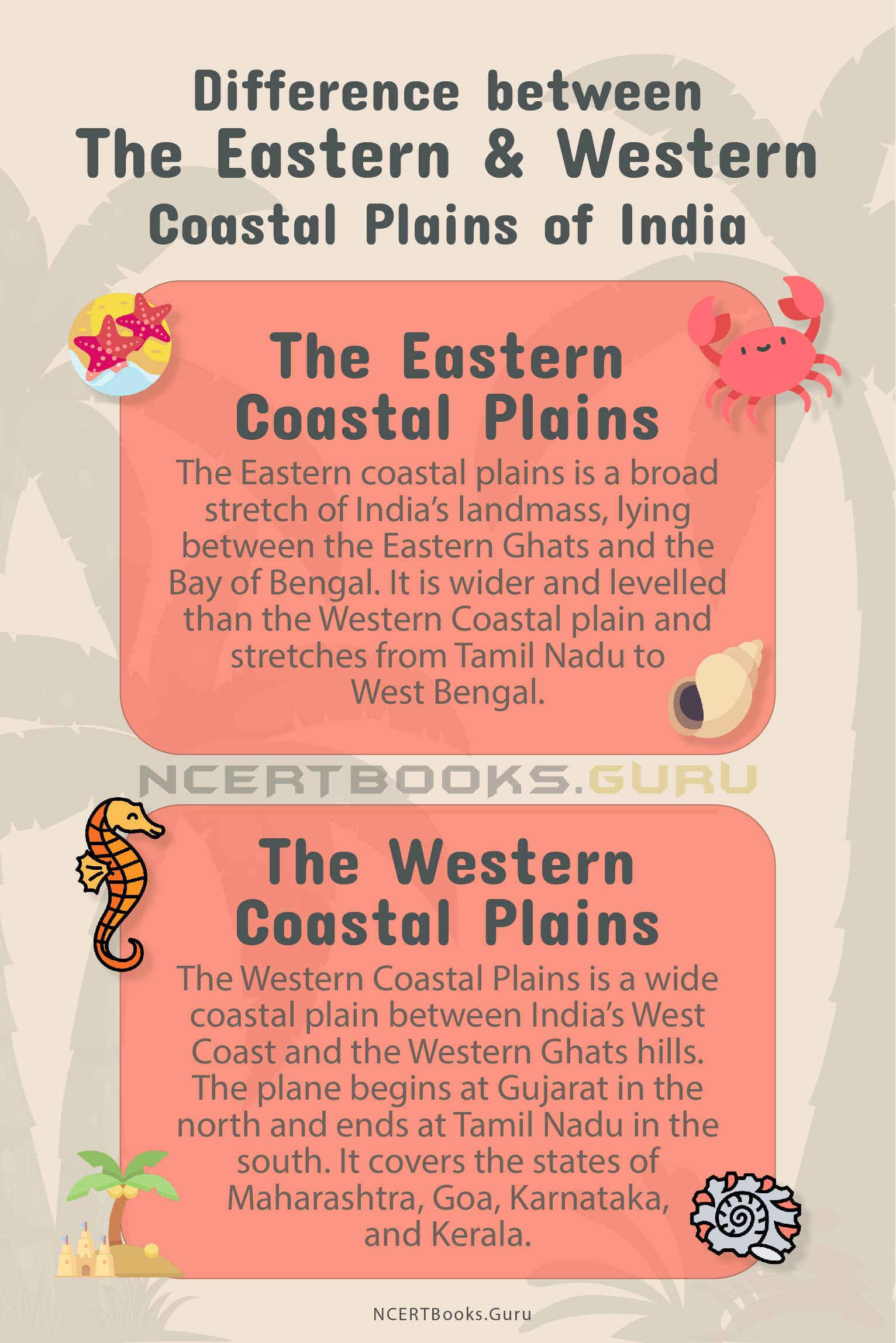
Difference Between The Eastern And The Western Coastal Plains Of India
|
Area of differentiation |
Eastern coastal plains |
Western Coastal Plains |
| Divisions | Eastern coastal plain is divided into two stretches North and South. The part which is in the south is known as Coromandel Coast, and the northern stretch is known as Northern circars. | The Western Coastal plain is subdivided into three sections. The southern part is known as Malabar Coast, the central part is known as Kanara or Karavali, and the northern part is known as Konkan. |
| Delta formation | Large rivers form wide deltas. | Small rivers form no deltas. |
| Fertility | Eastern coastal plain is fertile due to Alluvial soil. | Western Coastal plain is infertile for agricultural purposes, except the southern part which is the Malabar Coast. |
| Locations | This plain is between the Bay of Bengal in the East and the Eastern Ghats to its West. | This plane is between the Arabian Sea and the Western Ghats. |
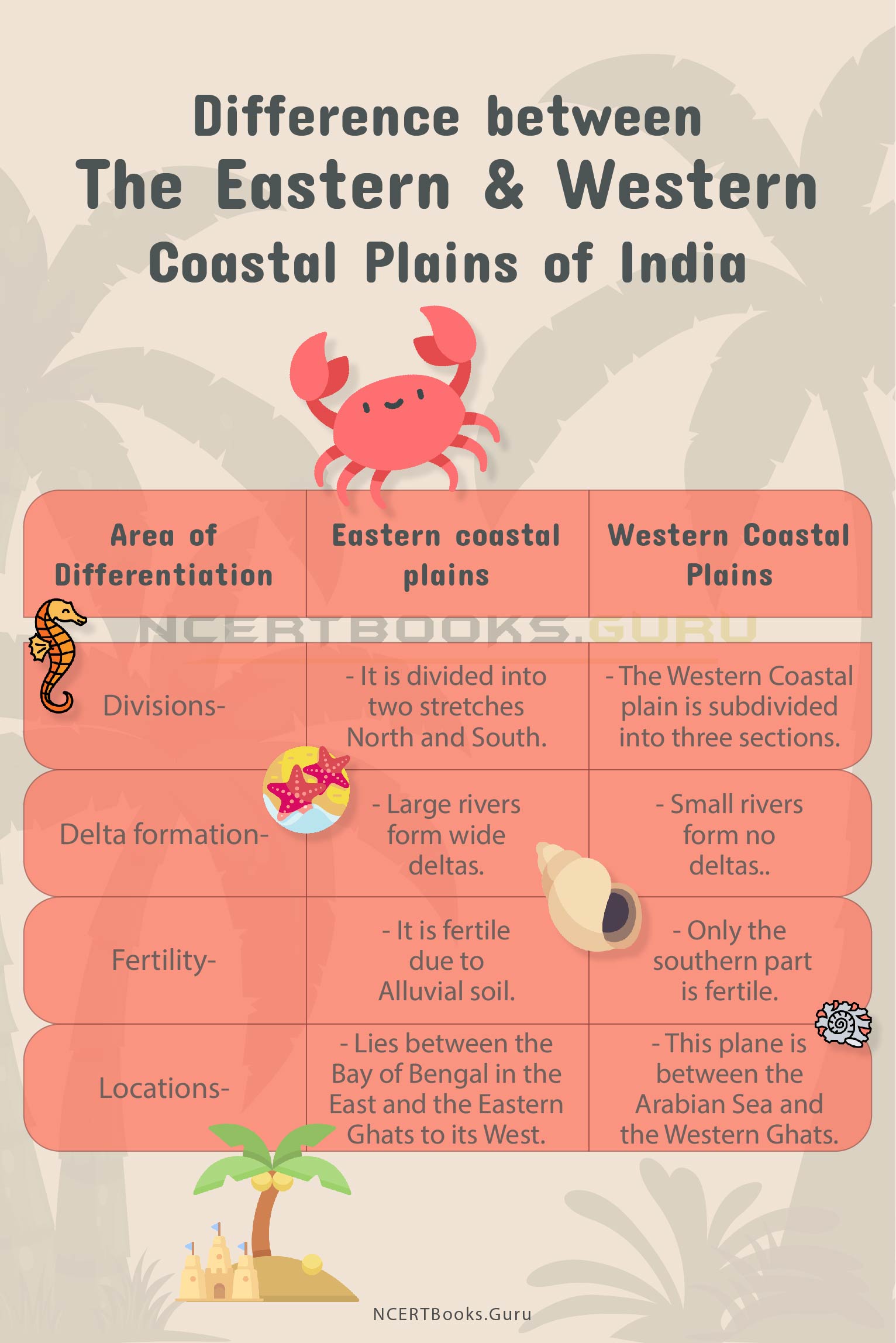
Similarities Between The Eastern And The Western Coastal Plains
- The eastern coastal plains and the Western Coastal Plains are bordered by water bodies on the sides and the Indian Ocean towards their junction.
- Both the eastern coastal plains and the Western Coastal Plains are part of the Indian subcontinent’s peninsular block.
- The eastern coastal plains and the Western Coastal Plains lie in between the Deccan Plateau and the water bodies, bing Bay of Bengal and the Arabian Sea respectively.
- The eastern and the Western Coastal Plains fall under the same climatic zone and experience similar weather.
- The south of both the eastern and the Western Coastal Plains live in Tamil Nadu.
Frequently Asked Questions on Difference Between The Eastern and Western Coastal Plains of India
Question:
Where do the Western and Eastern coastal plains meet?
Answer:
The eastern and the Western Coastal plain meet at Kanyakumari, which is the southernmost tip of India.
Question:
Why are the eastern coastal plains wider than the Western Coastal Plains?
Answer:
Eastern coastal plains extend between the Eastern Ghats and the sea coast from Suvarnarekha river to Kanyakumari. It is wider than the Western Coastal Plains because rivers like Godavari, Krishna, and Kaveri have formed Delta in that region.
Question:
What are the major features of the Western Coastal plain?
Answer:
The most important characteristics of the Western Coastal plain are Sandy beaches, coastal sand-dunes, mudflats, lagoons, alluvial tacts, lateritic platforms and residual Hills.


